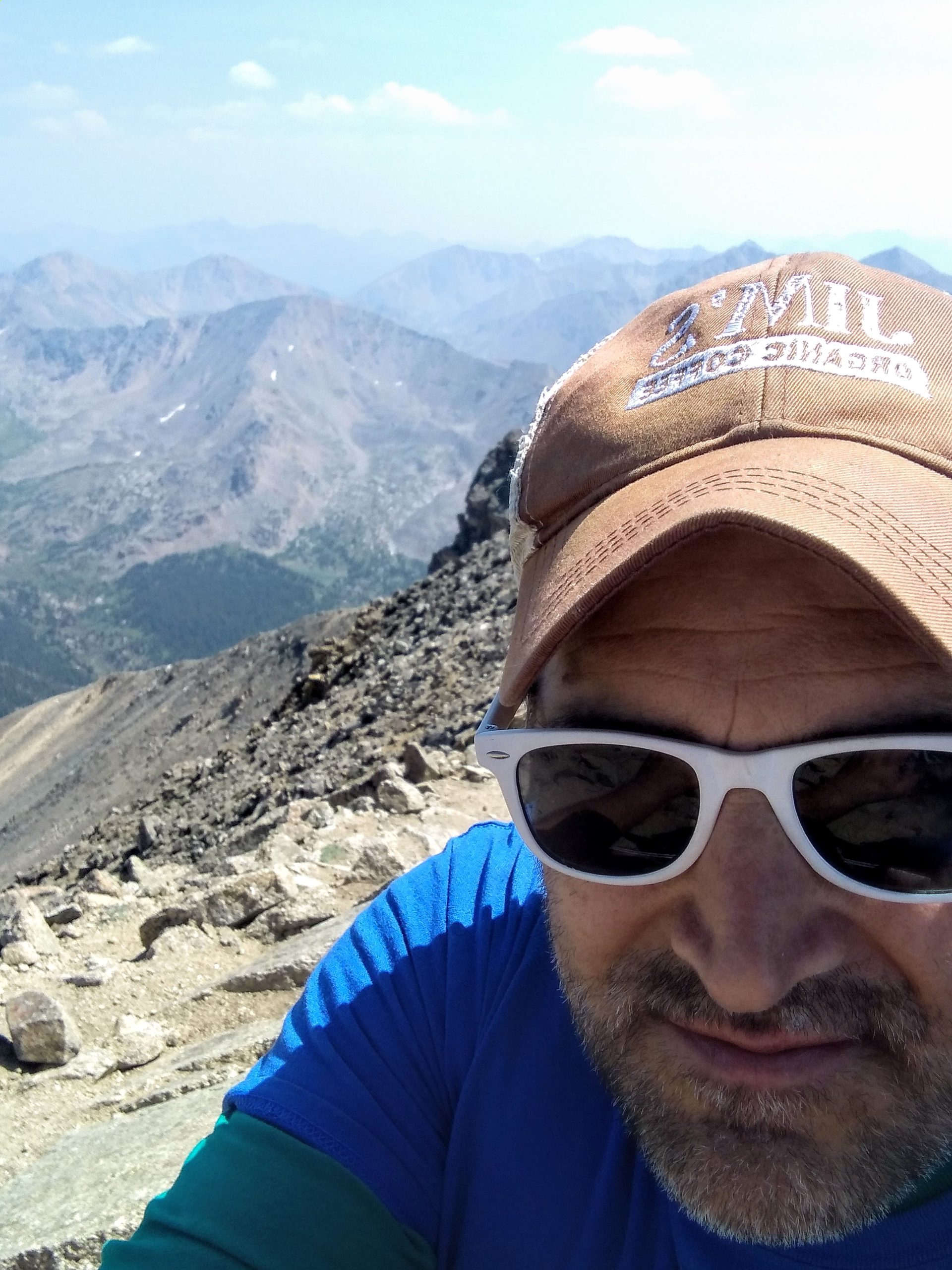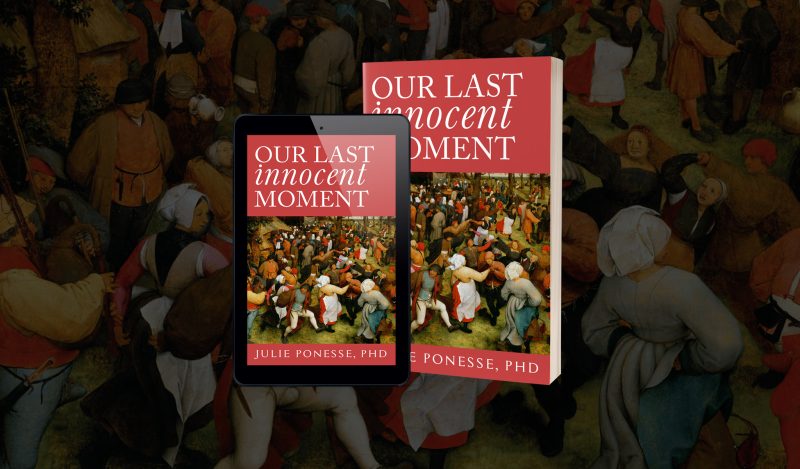On March 18th of 2020, I was, along with other completely random sectors of the labor market in my liberal college town, declared “nonessential.”
I’m a public librarian and take great pride in my job, partly because it feels like we are now one of the final bulwarks for democracy and free speech. A huge amount of my time, indeed most of it, is spent trying to close down the digital divide, which was a chasm before the Covid lockdowns, but is now more like the Grand Canyon.
If I’m not teaching a technology class, I’m helping someone find legal information, affordable housing, medical insurance or social services support. I also spend a chunk of time building our online community archive, which features collections from underrepresented parts of my community.
My library is a place of last refuge for society’s discarded, for people who have no shelter, no hope. We are the lifeline of information and technology for the unfortunate souls who have been left behind by our global economy. You’d be amazed how many people still haven’t even seen a computer before but now need to fill out an online job application for Hardees or for a job pouring concrete. If there is any place that feels essential, the modern American public library is it. The profession, which has gone full authoritarian-woke, I feel also needs civil libertarians like myself.
And yet, here I was. The “Stay at Home Order” was announced, and I was left sitting at home, without a job, desperately trying to help my daughters with their homework, thinking of how much I wanted to start drinking again.
My workplace was shuttered. I was “nonessential.”
What is now common knowledge, and was very obvious to me after only a short time; this essential/nonessential divide was utterly capricious. For instance, some libraries or similar institutions in other areas of the state remained open, running curbsides to their patrons. Others never closed at all. Bike shops even remained open in my town. Much of it depended on how liberal your city was or simply the level of hysteria of your county public health director.
Additionally, much of the edict was borrowed from language and measures to be implemented only in the most severe, dangerous emergencies. Think of a “Station Eleven” scenario, (borrowing from the title of Emily St. John Mandel’s 2014 book) where the IFR for a disease ranged from 50 to 80%, or a nuclear disaster. Yet, my “nonessentialness” seems to have been created out of thin air by clueless and panicked public health workers who were instructed to literally make stuff up on the fly.
The “Stay at Home” document for my county was long, brutal and entirely Orwellian. Just reading it again makes me shudder at its totalitarian finality, wiping out whole sectors of human production and movement with the stroke of a pen, with criminality imposed on those who did not abide. Section 4.02. Enforcement states the following: “Violation of or failure to comply with this Order is a Class A misdemeanor punishable by up to one-year in jail, up to a $1,000 fine, or both such jail time and fine.” See the full, draconian edict here.
What does it feel like, existentially, to be declared “nonessential” in a career that one believes in that one spent two years in graduate school for? It was nothing short of utterly demoralizing and dehumanizing. But it also confirmed that, when push came to shove, much of this was never about public health, nor do public health institutions and operators have the public’s best interest in mind by keeping places like libraries shuttered. This particular authoritarian order was a “Faucian Bargain” borrowing from the title of Steve Deace’s recent book, bringing a single huge destructive hammer to a situation that required nuance, calm and the input of philosophers, economists, businesspeople, historians, and theologians.
Literally overnight in the early spring of 2020, public health had turned into something punitive, authoritarian and, most problematic of all, health authoritarians became the ruling elites in this country, with unfettered and tremendous power. Who could have imagined that this tiny group of scientists and their corrupt technologist brethren, who seemed to have no regard for the bigger picture, would not only decide whose lives and families were ruined by edict and who survived (again–minorities and the working poor suffered the most) but would be given a free hand to mandate federal rulings by fiat; ergo the subsequent vaccine mandates, and the CDC’s illegal eviction moratorium?
Also, if one reads the full text of the Stay at Home edict, one immediately sees how much it is borrowed from language from a hypercharged security state, which had become so bloated after 9/11. Little did we know that such acts of martial law to combat infectious disease, an approach that quarantined healthy people for the first time in history (going against literally hundreds of years of knowledge about disease and infection) had been planned for some time by unelected technologists and backwater global public health functionaries, as a tool to battle . . . what exactly?
New research is being done, especially by Debbie Lerman here at Brownstone, about how the martial law feel to these shutdowns was very real: behind closed doors this disease was seen as a biosecurity threat, whilst in public we were told that it had actually come from a wet market in Wuhan City.
Also, just as the term “lockdown” connotes human worthlessness, so did “nonessential” imply the same thing.
What seems clear is that this “nonessential” term is a remarkably 21st century phenomenon, part of the same “transhuman” and pseudo-scientific ideology that props up the junk philosophies of people like Klaus Schwab and that have made great swaths of liberal cities, workplaces, and especially educational arenas simply intolerable. For Schwab, the use of robots and AI are the next step in planning for “nonessential” work.
I fundamentally believe that the term “nonessential” is in keeping with the generally anti-human and mechanized perspectives of our modern age, something that the philosopher and social critic Ivan Illich warned about decades ago in his prescient but tragically underread book Tools for Conviviality..
Finally, all this begs the question that I have been pondering for two and a half years and leads to a far more sinister conclusion. Did these health authoritarians not know that many “nonessential” people, who contributed amazing things to their community and had small businesses and restaurants scattered throughout my once vital college town, were indeed going to be made permanently “nonessential” by these edicts? Many businesses closed after devastating losses in March, April, May and June of 2020.
Some of those “nonessential” people not only lost their livelihoods but subsequently lost their homes and even families in the aftermath. One goes down that line of thought even further to wonder–hasn’t the small entrepreneur always been a thorn in the side of the state bureaucracy and their sponsored industrialists in its concomitant central planning for over 100 years? Perhaps this was all part of a much larger, deeply evil plan? One doesn’t know because there was never any accountability. Emily Oster, and other early perpetrators of this horror would rather we all “forget.”
I was one of the lucky ones. After nearly 90 days, I was back at work, heavily masked, surrounded by terrified people who had been forced into a state-mandated level of hypochondria, stuffed behind plexiglass shields, cloth masks and draconian “slow opening” policies of our own. The psychological trauma of the panic over the virus was what was on people’s minds–for me it was entirely something else. My psychological trauma came from the “Stay at Home Order.”
This trauma has never left and one of my main goals in life moving forward is answering the question: How do we keep this from ever happening again?
As one reads in the fine print at the very beginning of the “Stay at Home Order” President Trump put the emergency order in place that sent these totalitarian measures rolling. Some municipalities took a far lighter touch than mine; my city I would argue is still reeling from nearly every single part of this four-page edict.
And as the most recent election shows, retribution for that terrible time seems to now be far from people’s minds. Both political parties continue to make horrible policy blunders in the authoritarian and dysfunctional political landscape throughout the United States, and people are distracted by just trying to make ends meet in an atmosphere of hyperinflation and chaos.
As Michael Senger has pointed out, the blame for this crisis is clearly still bipartisan. The one silver lining is that the politician who most firmly believed that these Covid policies were anti-human and anti-freedom, and who one day soon may run for president, Ron DeSantis, was reelected governor in a landslide of historic proportions in Florida.
In Part 2, I will examine the structure and wording of these “Stay at Home” orders, their origin in state statutes, federal emergency orders, and the security state, and how we, as citizens of supposed democracies, can make sure that this never happens again.
Published under a Creative Commons Attribution 4.0 International License
For reprints, please set the canonical link back to the original Brownstone Institute Article and Author.









